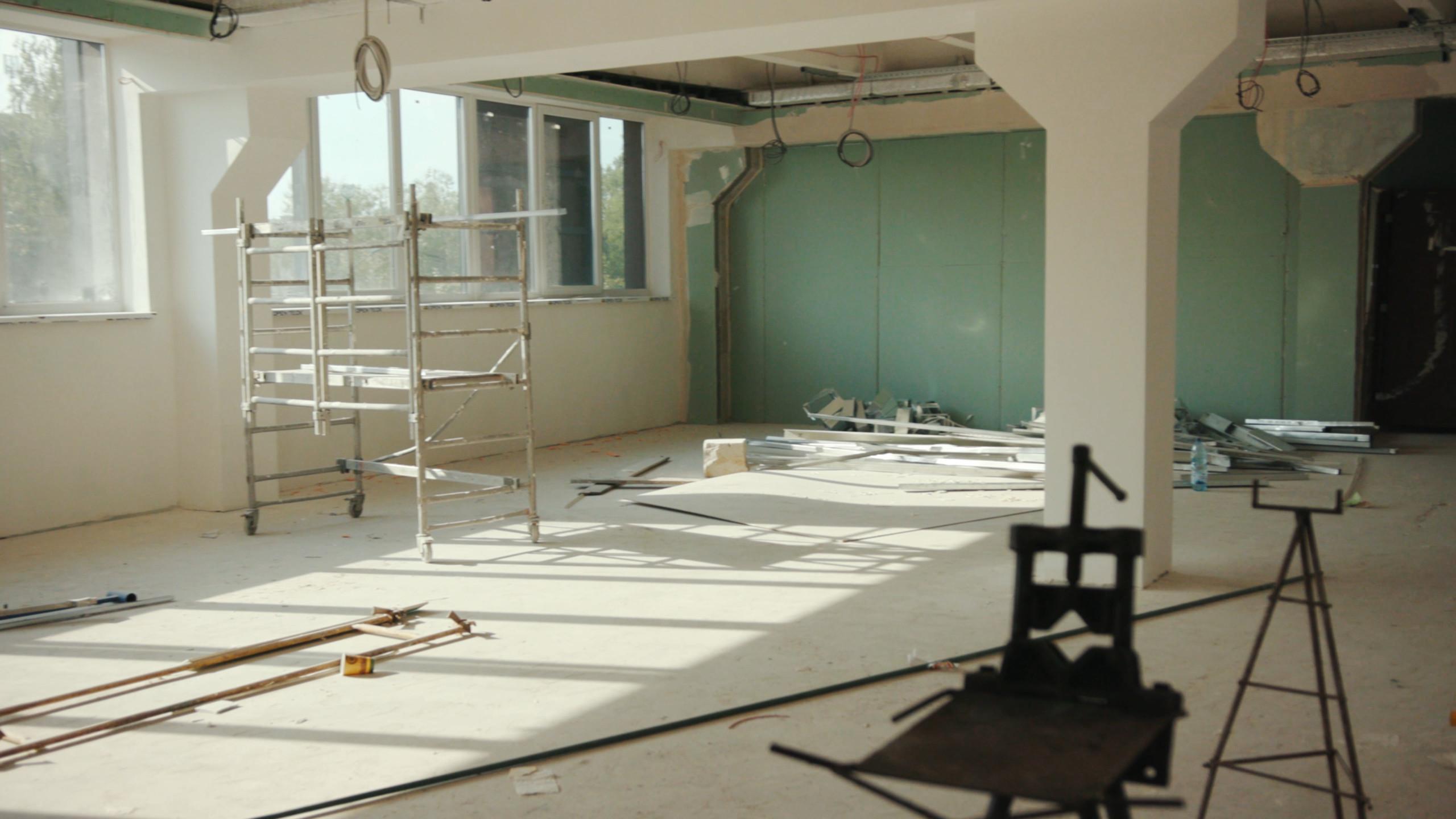 WRITTEN BY JAN BIETKOWSKI
WRITTEN BY JAN BIETKOWSKI
Jan Bietkowski heads the Helvar lighting control business in Sweden and is a keen advocate of providing solutions that make buildings smarter and more in-tune with the people who use them. He has spent the last ten years in different leadership roles focusing on the construction industry.
“One of our main problems is that we don’t know exactly what has been installed in our buildings” —that’s the answer I got when asking a property owner about their strategy when it comes to lighting controls. By no means do I say that this is always the case, but over the lifetime of a property, with several renovations and changes, the outcome might be a mix of different systems often not compatible with each other.
Having spent the last three years heading business in Sweden for Helvar, I have had the pleasure of following the transition of lighting controls — from not getting enough focus when planning a building to suddenly being perceived as an essential part of creating smart buildings of the future. In this blog, I’ll share some of my revelations from my discussions with different stakeholders within the market.

Investing time to get it right
In many renovation projects, decisions are being made without enough investigation into what is already installed. In many cases, one can reuse large parts of existing installations, especially if it’s a wired DALI solution. By reusing, for example, the existing cabling, one can save a lot of time and investments, and with the high demands on today’s buildings when it comes to sustainability, this is an important addition.
I spoke to Lasse Dahlborg, senior lighting designer at SWECO, regarding his view on the many renovation projects he has been involved in:
“A tenant occupies the same office space for around ten years on average, but the backbone of a good lighting control system can last for much longer. Investing in a couple of hours of expertise when facing a renovation of a space could save a lot of time and investments and ultimately create more flexible and enthusing spaces: It’s a way of future-proofing the space beyond the first tenant.”
When a space is being prepared for a new tenant, there is often a basic offering of lighting control, but when it is time for the tenant to expand with additional features and fixtures, they might not be aware of the existing systems and add other control on top of the ones that are already installed.
“I always focus on interviewing both the property owner and the tenant to get the full picture of both party’s needs and wants. When a property owner has taken the time to create a clear specification on what is included in their offering, the result is often better and less costly,” explains Dahlborg.
To set up an office building with a backbone of lighting controls is a great idea, but if this installation isn’t used or built for future tenants needs, you might end up with different solutions and extra technical equipment, resulting in a more complex and expensive end solution.

New technologies – new opportunities
I have worked within several different fields within the building sector, but lighting controls was the first time where the private market was more “evolved” from a technical perspective than a commercial one. At home, we are more than comfortable to connect any device with others, and are perfectly comfortable with controlling our oven with our smartwatches, but when it comes to commercial properties, there’s been occasions when concerns around safety have delayed the introduction of the newest technologies. However, with huge investments being made within PropTech, including a focus on cyber security, we will see more and more buildings leveraging the benefits of installing interconnected systems. When using some of the digital services offered today, such as Helvar Insights, we start the journey towards truly intelligent buildings that take advantage of the data that is available.
Wireless lighting-control systems have also become more recognised and can play an important part when renovating a space since there is no need for extra cabling, just an electrical outlet whilst providing great flexibility and useability through app usage. Today’s wireless systems are highly capable and can be used in all places and situations, from meeting rooms to high bay warehouses; Helvar’s ActiveAhead, an intelligent, self-learning and scalable wireless solution being one example.
To conclude, if I could provide some suggestions on what to focus on when planning a renovation project, it would be to first set a strategy on what you want to achieve and what’s the starting point. Then, use the various experts within the field to find the perfect match. Finally, thanks to a growing focus on lighting controls combined with the technical leaps taken during recent years, let’s work together to equip the space with the latest technology to benefit its occupants.
Planning a renovation project?
Lighting control solutions can support wellbeing and create intelligent, adaptive office spaces. Explore the benefits of renovating your office lighting.
